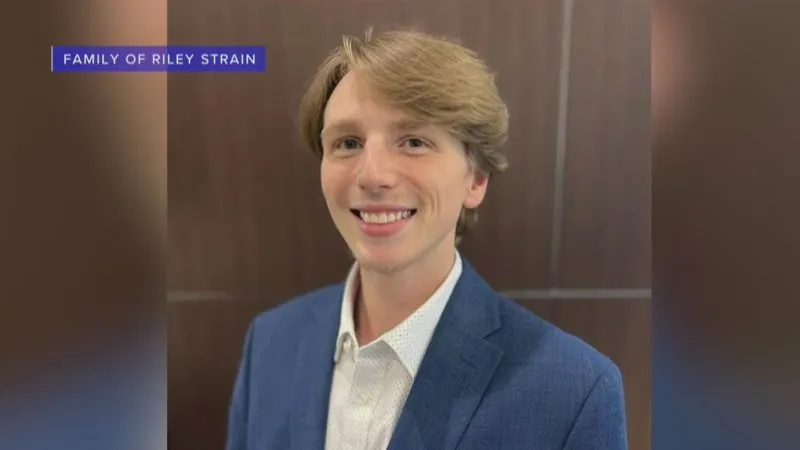By Leah Mize
Three young female Hillsborough County residents went missing over the past year and a half according to an article by ABC. Veronica Reyes, 23, went missing in January 2020, Cieha Taylor, 28, went missing in February 2020, and Kelly Vazquez, 21, went missing in May 2021.
Taylor vanished about a mile away from the home she shared with her boyfriend. Reyes disappeared after leaving her husband and children at home, and Vazquez never came home.
Nobody has been charged with the disappearances of any of the three women and their cases remain open. The cases of Taylor and Reyes have been covered in podcast episodes put out by the Hillsborough County Sheriff’s Office. Both cases end with public calls for tips or useable information to help find the women.
According to an article by ABC, the first seventy-two hours after a person goes missing are the most crucial in terms of recovering them, especially if the victim is a child. It’s also the best time to collect and preserve evidence for finding them or, in the worst case scenario, a future criminal prosecution. The danger of missing persons cases is determining whether the person is actually missing by assessing their immediate behavior before they disappeared.
Taylor’s family in particular criticized law enforcement’s decision to simply move her car off the train tracks where it was found and not investigate further until the missing persons report was filed, which was three days later.
The recent homicide of Gabby Petito has shed light on local missing persons cases as certain coverage of her death has made sure to point out the multiple factors, such as her whiteness, that led to the amount and weight of coverage her case got.
The families of the missing Hillsborough County residents have noted the discrepancy in coverage and help from national and federal organizations such as non-profits and the FBI.
Two of those missing residents went missing within two weeks of each other, which did not trigger further investigations from the FBI. However, Petito’s case received near-immediate help from federal organizations.
“I think people love it when they get the chance to play detective,” said Lisa Striffolino, junior communications major. “Considering there were several pieces of this case that were made available to the public, like the security footage, so many people were able to take these pieces to social media and began trying to solve the puzzle.”
According to Samira Mahdieh, senior criminology major, there’s an intersectional discrepancy between the most publicized cases.
“Media usually focuses on individuals that will elicit the most sympathy and relatability,” said Mahdieh. “The fact that Gabby was young, beautiful, white, and relatively popular in the public eye made it the perfect case, not only for media outlets, but also for the public to relate to her, feel enraged, or even try to be vigilante detectives in her case.”
According to the National Missing and Unidentified Persons System, over half a million people go missing every year. The website features updated statistics on their homepage on missing persons, unidentified remains, and other key information. They also have free tools for families of missing persons to use.
“At the time of Gabby’s disappearance, there were at least ten indigenous teens that were missing in that same area,” said Mahdieh. “All anyone was talking about was Gabby, still nobody knows the names of these teens.”
Photo Courtesy of WFTS Tampa Bay




